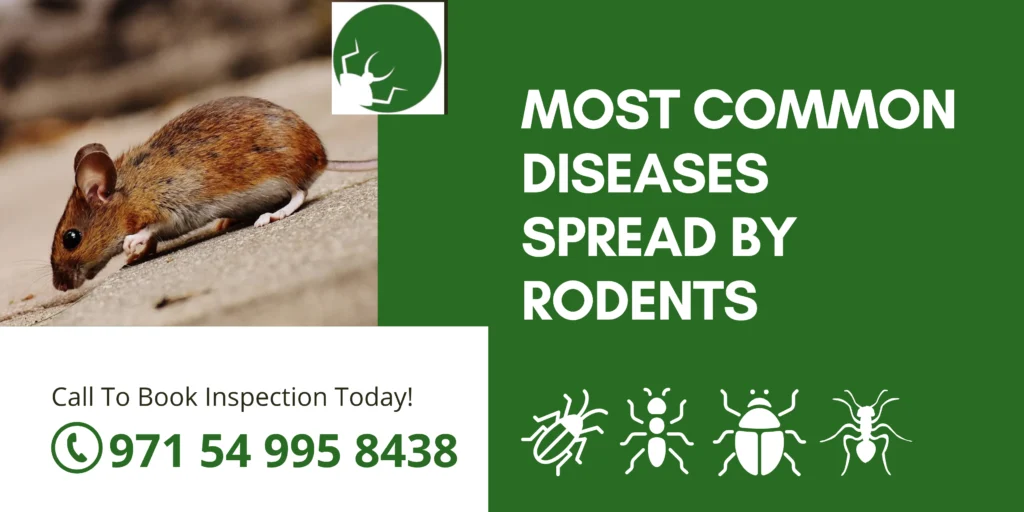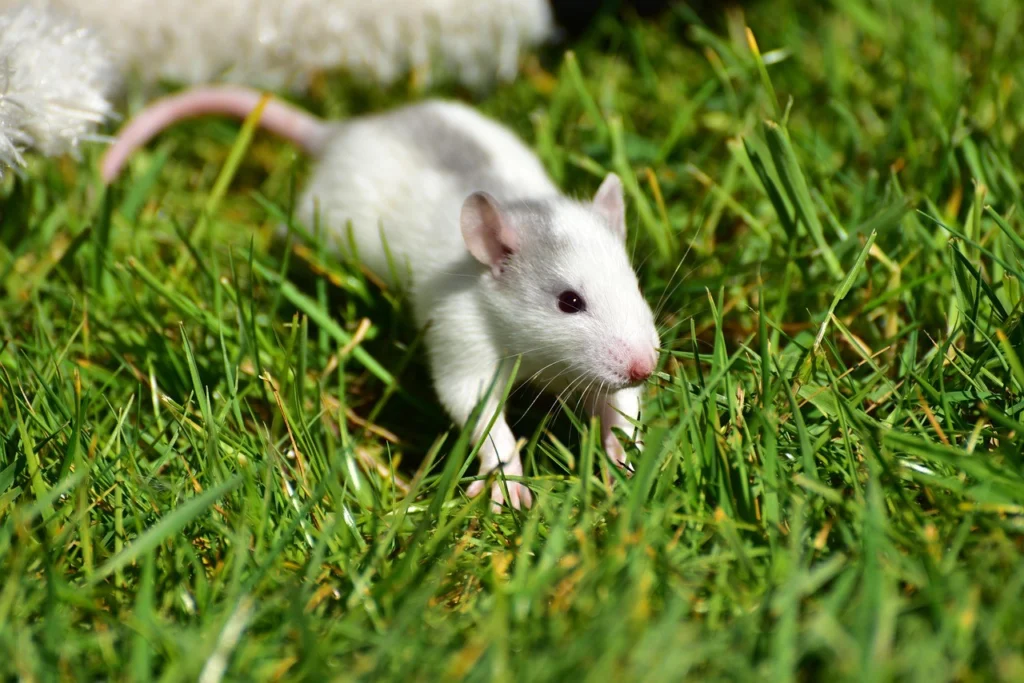
Most Common Diseases Spread by Rodents & How to Control Them
Whether you live in a bustling urban area or somewhere less populated in Dubai, rodents are an inescapable nuisance. Homeowners and businesses have no option but to rely on rodent control in Dubai when these pests cause destruction by chewing their way through things. But that is not the worst part of having rats and mice in your home; these pests are known to be responsible for the transmission of over 35 diseases worldwide.
Rodents do not discriminate, which is why amping up defense against rats and mice, watching out for the signs, and tackling an infestation early on should be everyone’s concern. This guide will delve into the common diseases spread by rodents and the ways to prevent them.
What Are the Main Diseases Spread by Rodents?
Since rats and mice are drawn to your home or business because of food, protecting yourself against rodent-associated diseases becomes all the more crucial.
Rodents do not commonly interact with humans and are more likely to infect food and the surfaces that we use. Before we discuss expert pest control in Dubai to prevent and eliminate these pests, learn about the common diseases they carry and transmit. It is important to know that rats and mice can transfer these through their saliva, urine, droppings, and even fur.
Hantavirus
While there are many diseases transmitted by rodents, hantavirus gets the spotlight because it is one of the untreatable conditions. It usually spreads to humans when they come in contact with the bodily fluids and excrements of rats. The only way to manage this disease is via supportive care, treating the symptoms and letting the virus resolve by healing the body. Early intervention is crucial to prevent Hantavirus pulmonary syndrome, which is a rare and severe pulmonary infection.
Leptospirosis
One of the other common rodent-borne diseases is Leptospirosis, the symptoms of which generally include high fever and headache, muscle aches, red eyes, and fever. You are most likely to get infected with the Leptospirosis bacteria if you come in contact with any surface with rat urine. Meningitis or kidney/liver failure are likely if Leptospirosis goes untreated, but the good news is that antibiotics are effective against it.
LCV (Lymphocytic Choriomeningitis Virus)
While most diseases on this list are rat-borne, what diseases can mice spread? LCV or Lymphocytic Choriomeningitis Virus makes the top of the list. The early signs include vomiting, headaches, and muscle aches, and serious cases can lead to nerve damage, meningitis, and encephalitis.
Salmonella
Salmonella food poisoning is one of the common zoonotic infections, primarily associated with the consumption of raw or undercooked poultry, eggs, and dairy products. However, the germs that cause salmonella contamination are also found in rats due to their ventures into trash for food.

Humans can get this disease from rats due to food, bedding, or contact with other surfaces that are contaminated by the fecal matter of the vermin.
Bubonic Plague
Once one of the most dangerous diseases spread by rats that killed millions, now treatable by antibiotics, the plague is not something to be taken lightly. The plague bacteria Yersinia pestis is transmitted between small mammals via flea bites, and humans come in contact due to handling an infected animal or if bitten any an infected flea. Sudden high fever, weakness, and buboes (painful swollen lymph nodes) are common signs of the plague.
Tularemia
The Tularemia pathogen can be transmitted to humans through a number of infected animals, with rodents one of the top possibilities. You can get Tularemia if you come in contact with the fecal matter of rodents, or if you drink or eat something infected by rats. While this bacterial disease can be fatal, it is also treatable with antibiotics, with early intervention always the best course of action.
Rat-Bite Fever
This fatal illness can affect you if you handle infected rodents carelessly or consume food or water contaminated with rodents’ feces or urine. This disease comes with symptoms like high fever and skin rashes, which can gradually get much worse.
Rabies
Rabies transmission via rodents can be a cause of concern for some people, but it is important to remember that these pests are very small, much more so than dogs. What makes rabies one of the possible but very rare diseases spread by rodents is that rats and mice are more likely to succumb to the disease before they can spread it to humans.
How to Prevent Diseases Spread by Rodents?
With your health and safety on the line, diligence is a must. The two ways to avoid and control the spread of rodent-borne diseases are by via preventative steps and treatment in case rodent infestations do occur in your home or workplace.

Here is a step-by-step breakdown of keeping yourself safe from rodents in Dubai:
Step #1: Seal all the holes and other entry points in your home where rats and mice can get in. It does not matter if you live in a multi-story building or have your own house; rodents can find their way inside.
Step #2: Clean your space well, clearing away all food crumbs and open food sources. This should be a constant practice, right alongside daily cleaning and disinfection, if rodents are common where you reside.
Step #3: Use baits and traps around your property, best applied anywhere you find rat droppings and rodent damage. If you want to ensure results, a professional application of these is the way to go.
Step #4: Get the interior and yard inspected by an expert to accurately uncover entry points and hiding places. Even if you don’t see any signs of rats, scheduling a pest inspection at least once a year after the rainy season is ideal for prevention.
Step #5: Store-bought rat traps and DIY techniques usually work to a limit, and the vermin are back. A professional pest control team has the tools and skills to find and eliminate a rodent infestation at its roots.
Opt for Sustainable Ways of Protection from Rodent-Borne Diseases
Protecting yourself from rats and mice and the diseases they carry is not a one-time affair, but you can give yourself a break for a year or more if you go about pest prevention the right way.
At Pest Control Dubai, we excel in helping homes and commercial clients ensure safety against damage and diseases spread by rodents. From inspection and preparation to treatment and follow-up, we focus on diligence, efficiency, and an eco-friendly pest control approach. Reach out today—we cater to clients in all major regions in Dubai.
Our Services
Areas We Served
Latest Post
- Ant Life Cycle – Understanding Their Lifespan & How Long Do They Live?
- Cockroach Life Cycle – Eggs, Nymphs & Adult Stages
- How Moisture & Humidity Impacts Pest Infestations in Dubai
- Common Types of Cockroaches/Roaches in Dubai
- How Long Does Pest Control Last & How Often to Do
- Trends in Eco-Friendly Pest Control in Dubai
Need Any Help?
Don’t wait for pests to take over, book our services today!






